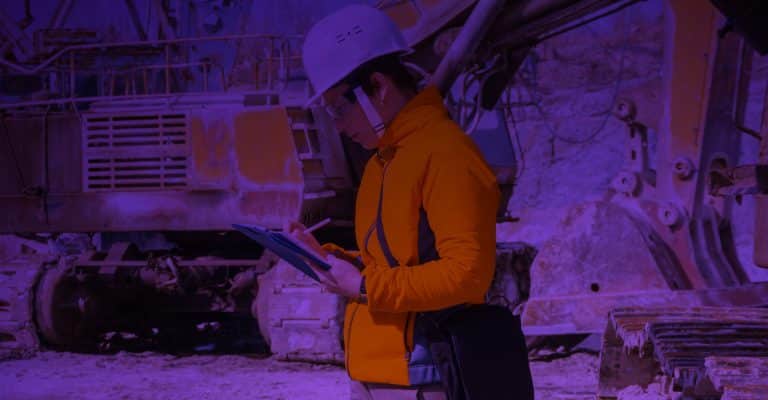Introduction to Civil Engineering Concepts: Building the Foundations of Our World
November 6, 2023 2023-11-06 17:43Introduction to Civil Engineering Concepts: Building the Foundations of Our World
Civil engineering, often referred to as the “oldest engineering profession,” is the driving force behind the construction and development of the infrastructure that surrounds us. From the roads we travel on to the buildings we live and work in, civil engineering shapes the modern world in profound ways. In this article, we will explore the fundamental concepts of civil engineering and delve into the fascinating world of infrastructure design and construction.
The Backbone of Modern Society
Civil engineering is all about creating and maintaining the essential structures and systems that support our society. It encompasses a wide range of disciplines, including structural engineering, transportation engineering, geotechnical engineering, environmental engineering, and more. The field’s primary focus is on designing, building, and maintaining infrastructure to improve the quality of life for communities.
Key Concepts in Civil Engineering
- Structural Engineering: This branch of civil engineering is concerned with the design and analysis of structures such as buildings, bridges, and dams. Structural engineers ensure that these constructions are safe, stable, and able to withstand various loads and environmental conditions.
- Transportation Engineering: Transportation engineers design and manage systems for moving people and goods efficiently. This includes road networks, public transportation, airports, and traffic management.
- Geotechnical Engineering: Geotechnical engineers study the behavior of earth materials like soil and rock. They assess the stability of foundations for structures and manage soil-related challenges in construction projects.
- Environmental Engineering: Environmental engineers work to protect and enhance the environment. They address issues like water and air quality, waste management, and sustainable resource use.
- Water Resources Engineering: This field focuses on the sustainable management of water resources. Engineers design systems for water supply, flood control, and wastewater treatment.
The Intersection of Creativity and Science
Civil engineering is a dynamic field where creativity meets science and technology. It requires a deep understanding of mathematical and scientific principles, combined with innovative problem-solving. Engineers face the challenge of designing structures that are not only functional and safe but also aesthetically pleasing and environmentally responsible.
To gain a better understanding of civil engineering concepts in action, you can watch the video “Introduction to Civil Engineering Concepts.” This engaging visual resource provides insights into the world of civil engineering, showcasing real-world projects and the impact of this field on our daily lives.
Building a Better Tomorrow
As you explore the realm of civil engineering, you’ll discover the crucial role it plays in shaping the modern world. From designing earthquake-resistant buildings to developing sustainable transportation solutions, civil engineers are at the forefront of innovation and progress.
In the articles to follow, we will delve deeper into the various branches of civil engineering, explore exciting projects, and showcase the dedicated professionals who make our infrastructure dreams a reality. So, join us on this journey to uncover the fascinating world of civil engineering and its pivotal role in building a better tomorrow.



















